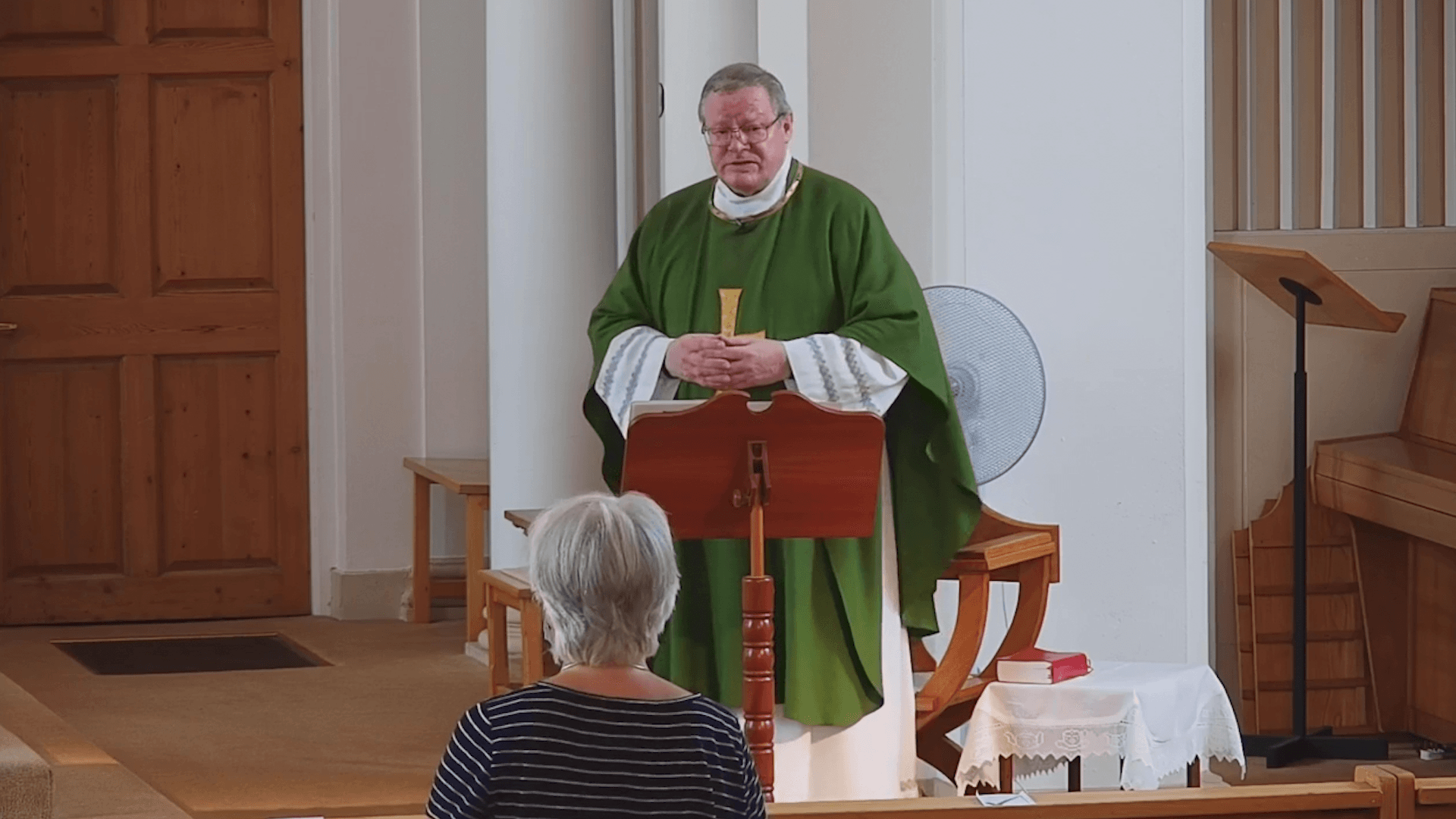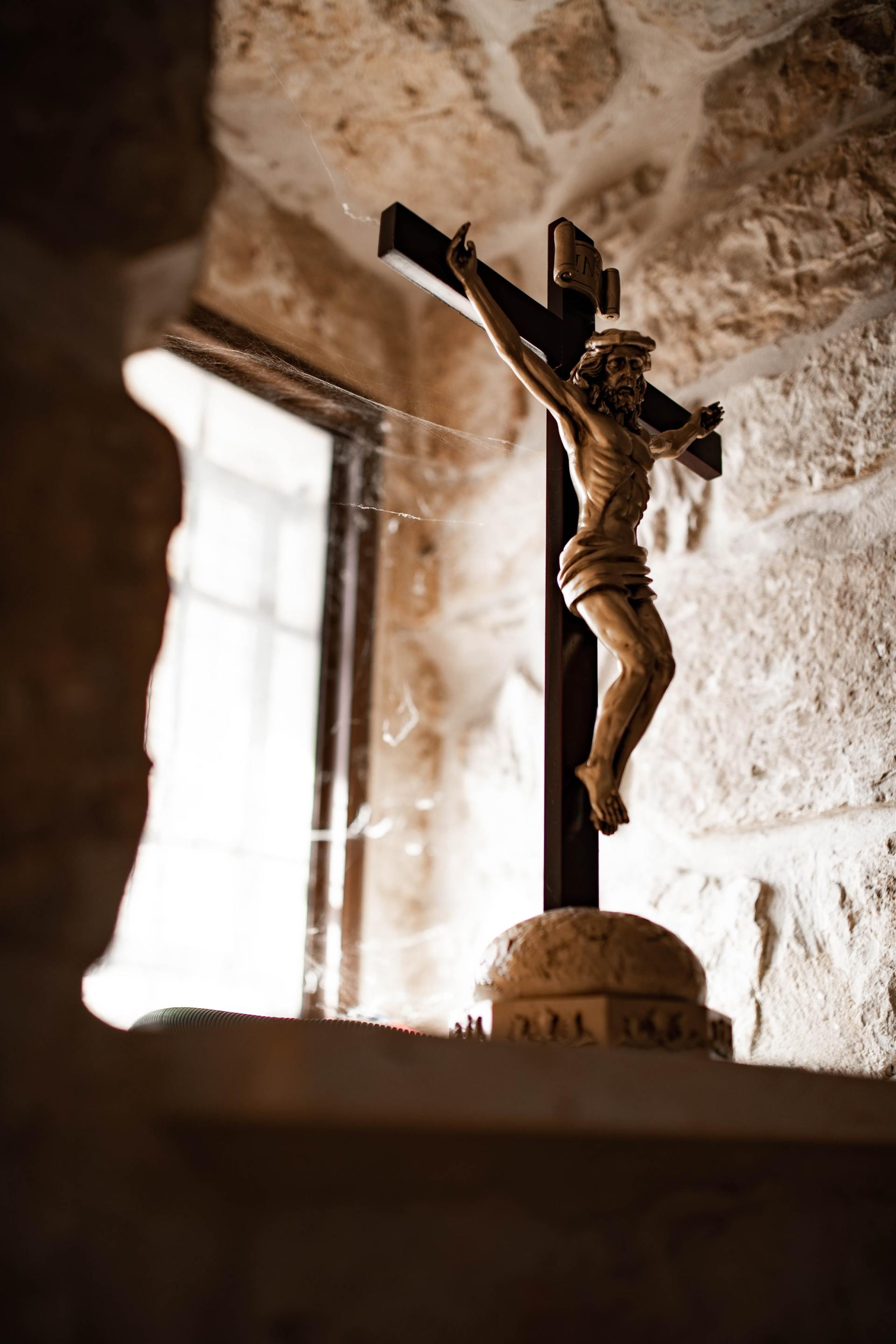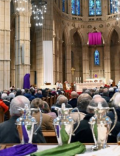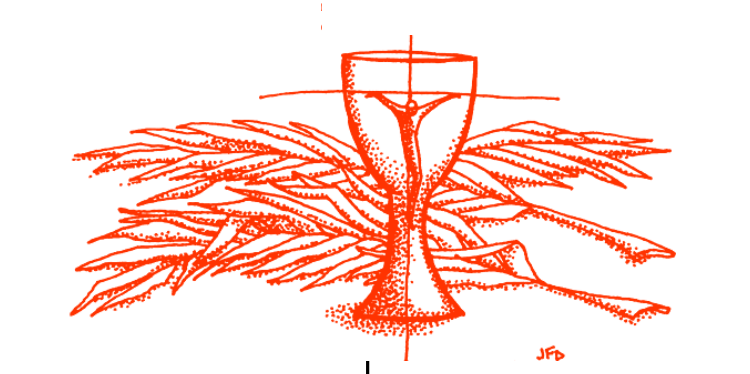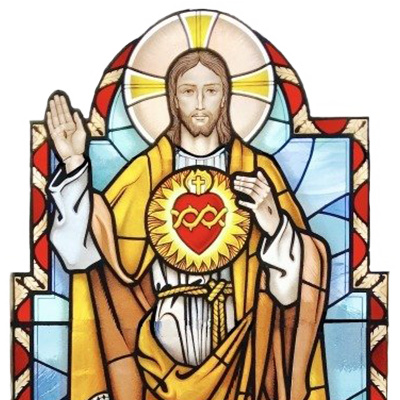Our Lady of Walsingham

The Walsingham Shrine story begins in Saxon times. In 1061, the Lady of the Manor, Richeldis de Faverches, was taken in spirit to Nazareth, shown the house where the Annunciation took place and asked by Our Lady to build a replica in Norfolk. She was promised that Whoever seeks my help there will not go away empty-handed.'
The simple wooden house built soon became the focus of special devotion to Our Lady. The ‘Holy House’ was later encased in stone to protect it from the elements.
In 1153, the Augustinian Canons founded a Priory to care for the needs of the pilgrims. A magnificent Priory Church was added in the 15th century. Only the ruin of the Priory arch remains and archaeology has placed the site of the ‘Holy House’ in its shadow.
Walsingham was one of the major shrines of medieval Christendom. Among the pilgrims to the ‘Holy House’ were many royal visitors. Henry III, Edward I, Edward II, Edward III, Richard II, Edward IV, Henry VI, and Henry VIII, in thanks for the birth of his son, Prince Henry.
In 1340, the Slipper Chapel was built at Houghton St Giles, a mile outside Walsingham. This was the final ‘station’ chapel on the way to Walsingham. It was here that pilgrims would remove their shoes to walk the final ‘Holy Mile’ to the Shrine barefoot.
This soon came to an end. Henry VIII ordered the dissolution of the monasteries and in 1538 the Priory was closed, the ‘Holy House’ burned to the ground and the statue of Our Lady taken to London to be destroyed.
In 1896 Miss Charlotte Boyd bought the Slipper Chapel. She devoted herself to its restoration. The present statue was carved at Oberammergau and based on the design of the original statue - a design found on the medieval seal of Walsingham Priory. The first Mass since the Reformation was offered in the Slipper Chapel on 15th August 1934 and a few days later Cardinal Francis Bourne led a pilgrimage of 10,000 people to the Chapel and declared it to be the Catholic National Shrine of Our Lady.
